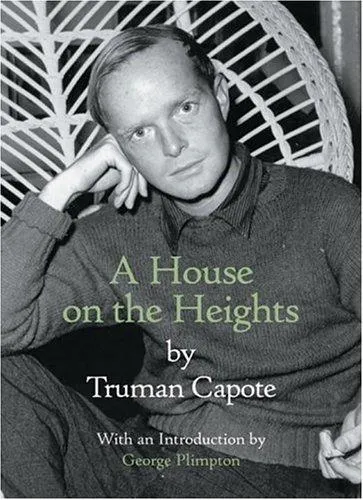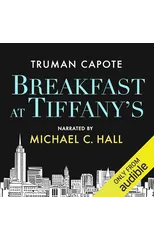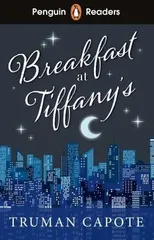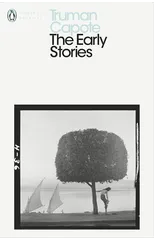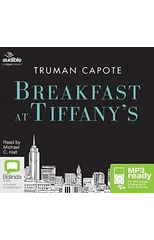The tranquil life he led in the quiet enclave of Brooklyn Heights stood in sharp contrast to the glittering scene he adored on the other side of the Brooklyn Bridge, but for a few years in the 1950's and '60's, Truman Capote happily made his home in a yellow brick house on Willow Street. By turns wistful and farcical, A House on the Heights vividly evokes a neighborhood Capote described as among Brooklyn's "splendid contradictions," a world of grand homes and dimly recalled gentility, of mysterious warehouses and cartoonish street thugs, of antiques and dowagers, a broad yard overhung with wisteria, and the famous Esplanade with its incomparable view—all rendered in Capote's deft and stylish prose.
Truman Capote
Truman Capote was an American author known for his innovative literary style and groundbreaking contributions to literature. His most notable works include "Breakfast at Tiffany's" and "In Cold Blood," which blend fiction and nonfiction in a unique and compelling way. Capote's writing is characterized by its vivid imagery, poetic language, and keen attention to detail. He is credited with popularizing the genre of literary journalism and was a pioneer in the development of true crime writing. "In Cold Blood," a nonfiction novel that chronicles the brutal murder of a Kansas family, is widely regarded as his most famous work and has had a lasting impact on the true crime genre. Truman Capote's legacy continues to influence writers and readers alike, making him a key figure in American literature.
